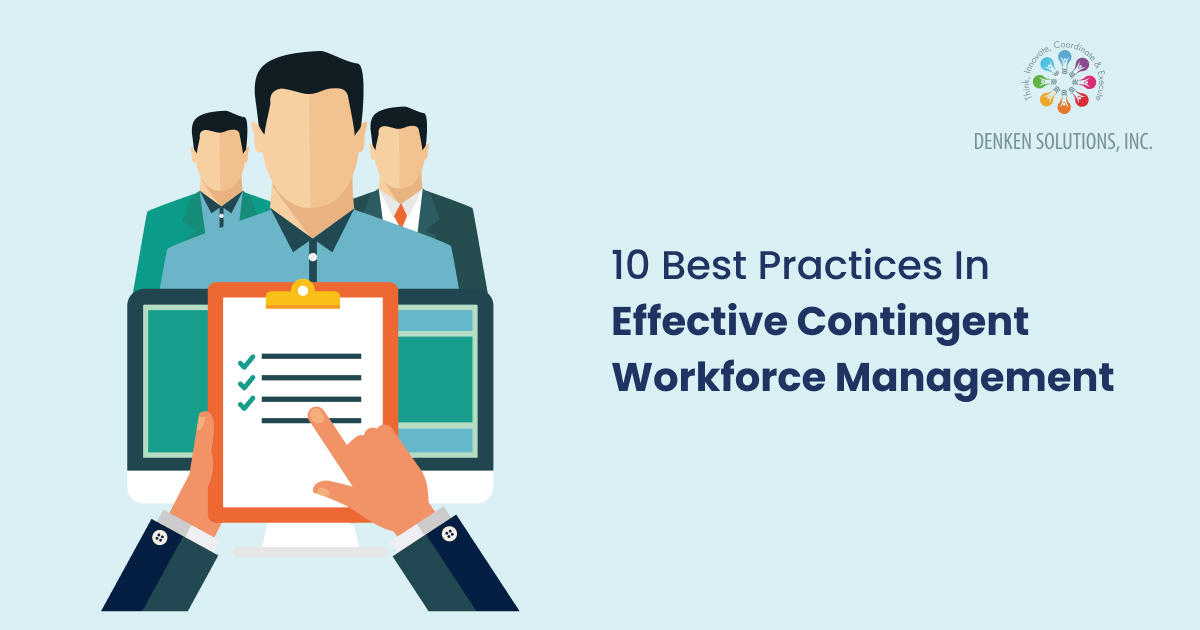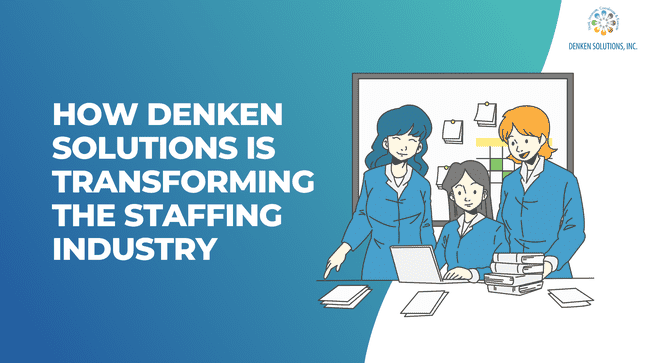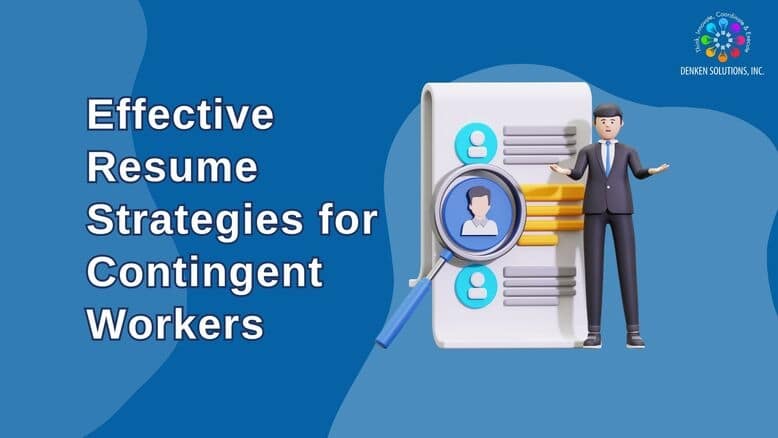Overview
The development of a robust contingent workforce has become crucial for businesses to remain flexible and competitive in today’s dynamic economy. As business markets evolve and expand, organizations have become increasingly reliant on contingent workers. While the engagement of contingent workers comes with numerous benefits, the effective management of a contingent workforce calls for a contingent workforce management strategy that is tailored to meet the organization’s goals.
In this article, we will discuss the contingent workforce best practices that employers must follow to improve business efficiency and attain extraordinary results.
What is Contingent Workforce Management?
Contingent workforce management may be defined as a strategic approach undertaken by organizations to hire and manage a temporary labor pool to fulfill certain business needs or short-term project goals. A contingent workforce encompasses freelancers, independent contractors, and temporary workers hired on a contractual basis. Contingent workers lend numerous advantages to businesses in terms of enhanced flexibility, scalability, agility, time-efficiency, and cost-efficiency. To achieve optimal results, a contingent workforce management strategy must be tailored to meet the unique needs of the organization.
Contingent Workforce Management Best Practices
Set Up and Demonstrate Clear Goals and Expectations
Prior to setting up a contingent workforce, the foremost thing that employers need to do is to put down and articulate the business or project goals, objectives, and deliverables in clear terms. Providing clarity of what organizations expect from contingent workers can assist them in better understanding their roles and responsibilities, eliminating confusion, and boosting productivity levels.
Follow a Seamless Onboarding Process
With a well-designed onboarding process, employers can effortlessly blend contingent workers with their existing, full-time staff, thereby making them a part of the organization’s culture. Though contingent workers are mostly hired by organizations to suit short-term goals or needs, it is necessary to provide them with comprehensive training to make them aware of the organization’s culture, policies, and practices so that they can efficiently fit into it. This approach is essential in ensuring alignment with your contingent workforce management solutions.
Establish Robust Vendor Management Practices
If employers decide to hire contingent workers through staffing agencies or third-party vendors, it is essential that they strategically choose reputable and reliable vendors by undertaking proper background checks. It is equally important to negotiate favorable terms, conditions, and rates and encourage transparency in communication channels to establish a lasting relationship with the vendor or staffing firm. By designing a robust governance framework, employers can effectively monitor and evaluate the performance of the vendor or agency. This process is crucial when managing global staffing services and maintaining effective operations across borders.
Navigate Legal and Regulatory Frameworks
While a contingent workforce provides global exposure to organizations in terms of diverse skills and capabilities, it is recommended that employers thoroughly evaluate the complex legal landscape of employment and identify potential risks. By attaining an in-depth understanding of relevant labor laws and regulatory frameworks across the globe, employers can properly classify workers, provide them with the right compensation and benefits, and prevent security breaches. Staying compliant with contingent workforce compliance is vital to avoid any legal pitfalls.
Cultivate a Sense of Collaboration Through Open Communication
Besides articulating the job roles and expectations clearly to contingent workers, organizations must develop strong and direct communication channels, encouraging transparency and open communication between contingent and permanent employees. Though contingent workers are not offered permanent roles, it is necessary to cultivate a sense of collaboration and teamwork to make them feel a part of the team. This not only helps in enhancing their motivation but also assists employers in infusing positivity into the workplace culture.
Follow Distinctive Work Arrangements for Contingent Workers
Since contingent workers do not receive the privileges and benefits as permanent employees and are not directly included in the organization’s payroll, employers must ensure not to treat them like full-time workers. Contingent workers expect a certain degree of freedom to take control of the time and place in which they are comfortable to work. As such, employers need to ensure following flexible working arrangements for their contingent workforce.
Establish Clear Performance Expectations and Goals
Just like permanent employees, contingent workers seek periodic feedback, aiming to improve their work efficiency and performance. Thus, employers should set up precise performance management strategies, define clear performance expectations, and provide periodic reviews and feedback for improved outcomes. A well-structured performance management system can help contingent workers monitor and improve their individual performance.
Offer Effective Learning and Development Opportunities
In addition to the establishment of a performance management system, employers ought to design and implement a proper knowledge transfer strategy, allowing contingent workers to develop and enhance their skills and competencies. Relevant training and development programs, mentorship events, or project-specific learning opportunities can help contingent workers elevate their knowledge and abilities. Such efforts from employers can also prove to be effective in retaining their contingent workforce and utilizing them in times of need.
Design a Seamless Offboarding Process
While a smooth onboarding process helps in the efficient integration of contingent workers with existing team members, a seamless offboarding process is vital for maintaining positive and long-lasting bonds with the contingent workforce. By streamlining the entire offboarding process, including the completion of paperwork, collection of the organization’s assets, and other major activities, employers can ensure that the contingent workers are effortlessly relieved from their existing roles and responsibilities. Such professionalism and respect from the employers’ side would also motivate contingent workers to collaborate with them again in the future.
Implement Data-Driven Decisions
In the digital era, where technologies have revolutionized almost every sphere of business operations, it is necessary that organizations initiate data-driven hiring decisions. By utilizing data analytics, employers can establish an optimized contingent workforce strategy, recognizing existing trends and patterns and interpreting potential risks associated with contingent workforce management. Keeping an eye on contingent workforce trends allows businesses to adapt to emerging challenges and opportunities, ensuring that their workforce remains flexible and competitive.
Conclusion
A well-established and efficiently managed contingent workforce can offer instant relief to businesses struggling to attain financial stability and optimal performance amidst the changing market dynamics. To fully enjoy the numerous benefits that a contingent workforce offers, employers need to deploy some of the contingent workforce best practices as discussed in this article. By applying a data-driven approach, leveraging the right solutions, and staying compliant, businesses can ensure that they are well-prepared to face future workforce challenges.



